
One of the many things that make Charlottesville, Virginia special is that it serves as a destination city for the International Rescue Committee, which helps refugees settle into their new countries. Since 1998, more than three thousand refugees from countries on three different continents have relocated to Charlottesville. Many of them are families with young children, and with the parents working long hours to make a life in their new city, family time and enrichment activities are in short supply and often take a back seat to everyday needs.
At The Fralin Museum of Art, we had been seeking to meet this need in the community when I met Angela Corpuz, the art teacher at Greenbrier Elementary School. Greenbrier is the designated school for refugee children in Charlottesville, so Angela was a familiar and trusted presence in many refugee families’ lives and was well positioned to identify children with the most need for support. We also brought studio artist and recent UVA graduate Golara Haghtalab on board to co-lead the program. Golara emigrated from Iran in 2011 and she shared her experiences and contributed valuable insights during the development of the curriculum.
Together, we developed a school-museum partnership that offered an after-school art curriculum encouraging children to communicate about who they are, the experiences they’ve had, and what is important to them. We also wanted the program to foster the pride students have for their national identities.
The program recently completed its first year, in which we provided art exploration activities to twenty-three students in first through fourth grade. It began with an introductory “getting-to-know-you” exercise: the students drew small pictures of themselves, their families, their houses, their hobbies, favorite foods, and memories. The pictures they drew served as the basis for later projects: self-portraits, collages of their families and their home countries, sculptures of their favorite foods, and maps of the important places in their current lives. They also visited the museum on a field trip and made sculptures inspired by an installation on view by Vanessa German, sometimes.we.cannot.be.with.our.bodies.
Through these projects, the students learned to communicate about their experiences and identities. For instance, when we asked them to make clay representations of their favorite foods, we did get a lot of burgers, fries, and pizza; but other students who more recently arrived in the U.S. made traditional noodle dishes that they eat with their families, or cassava leaves and roots that they miss and don’t get to enjoy anymore.
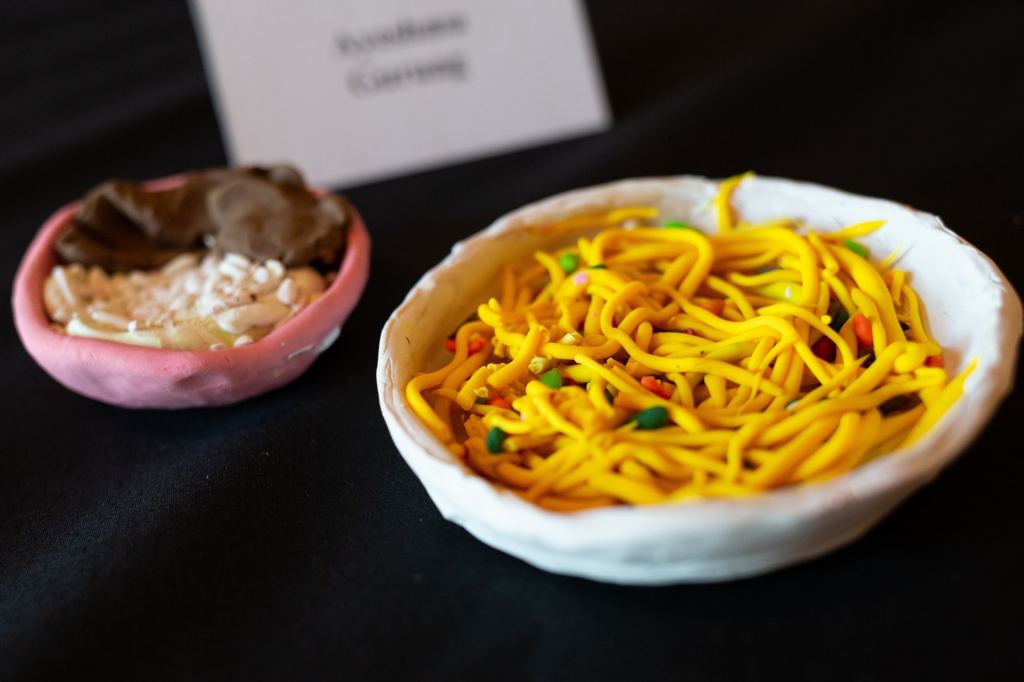
At the end of the year, The Fralin hosted a special exhibition of the Greenbrier students’ projects, which displayed each child’s body of work like a constellation around their self-portrait. This way, the children, their friends and families, and the community could come see the results of the program on display.
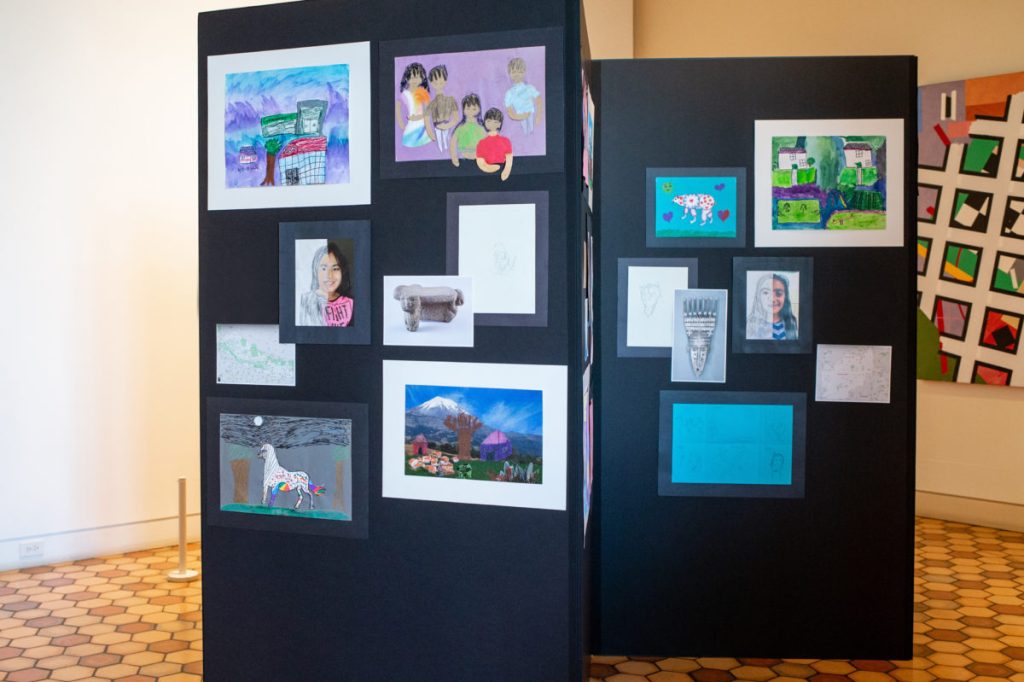
It’s always been a priority in The Fralin’s education department to bring programs to underserved populations in Charlottesville. The Greenbrier program is a direct result of our director Matthew McLendon’s vision for the museum, that all members of our diverse community will not only feel comfortable visiting the museum but also see themselves reflected in the objects within our exhibitions. When the children visited the museum on their field trip, they spent time looking at objects on display from around the world and drawing them. It was fascinating to see them gravitating to different objects, either because they were familiar or because they resonated for some other reason.
New programs require us to be nimble in our approach. In this first year, Angela, Golara, and I constantly evaluated what did and did not work and made adjustments as needed. For example, as soon as we started it was clear many children wanted more time to work on their projects than we’d planned, so we adjusted the timeline to let the children work at their own pace.
Skip over related stories to continue reading articleNow that we have one year of the program under our belts, we are further evaluating the program and looking ahead. For the 2019-2020 school year, we anticipate serving twenty-four students and their families. We’re adding monthly field trips to The Fralin, and matching participants with UVA student mentors to help them build relationships and develop their language skills. We also are strategizing on how to more deeply involve the students’ families. We already run weekend parent/child art classes called Family Art Jams; next year we will also have dedicated sessions for the Greenbrier students and their families, with transportation provided.
Administrators at Charlottesville City Schools have been impressed with the impact of the program and are seeking to replicate it for immigrants and asylum seekers at other city schools. I believe that the curriculum resonates beyond this audience as well, as it builds confidence in individual identity and supports students’ creative expression. These types of positive outcomes would benefit all children.
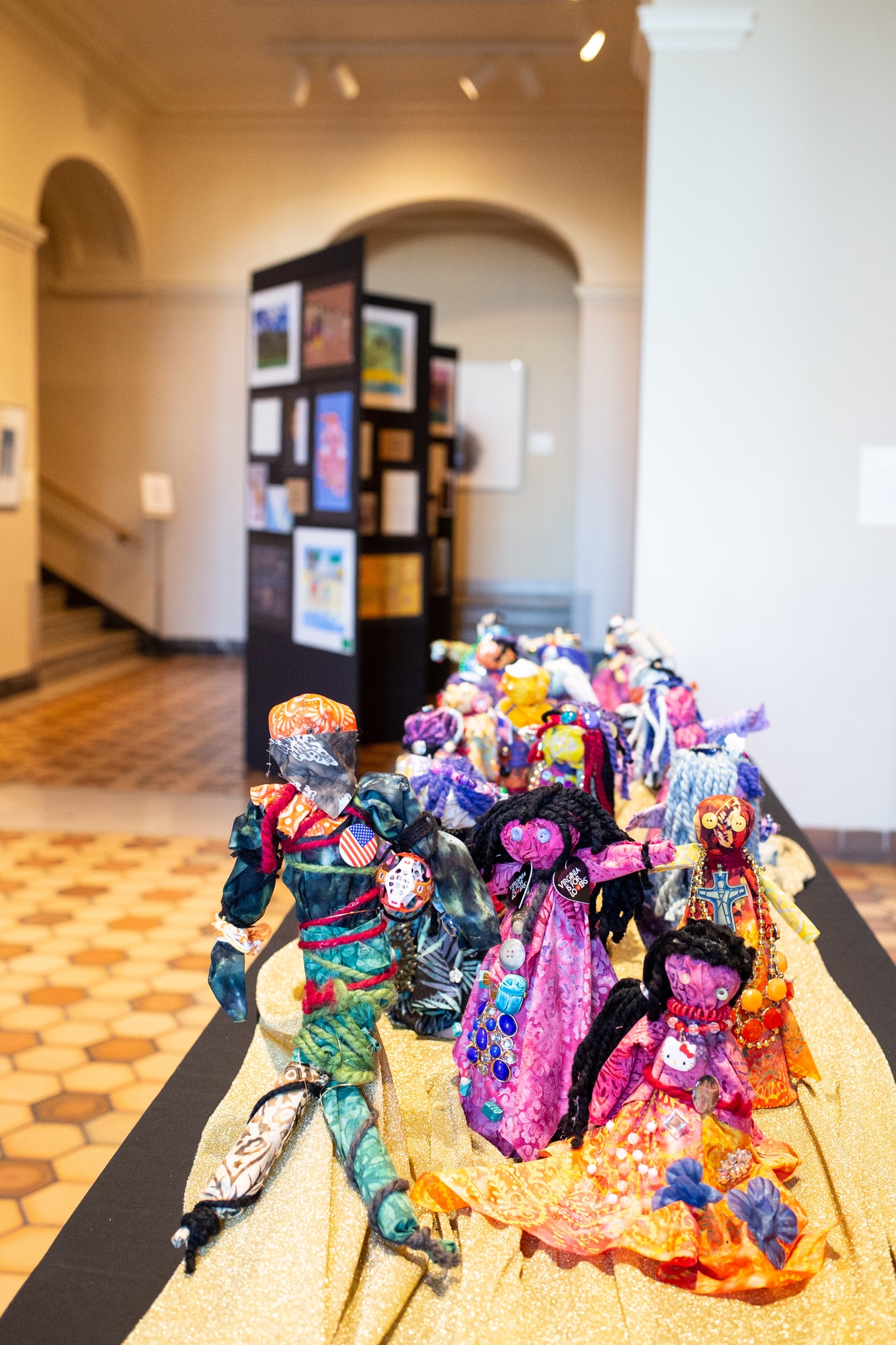
About the Author:
Aimee Hunt is associate academic curator at The Fralin Museum of Art at the University of Virginia. A practicing studio artist and art educator for 30 years, Hunt credits her career in museum education to her childhood spent at the Bemis School of Art for Children, affiliated with the Colorado Springs Fine Arts Center. Aimee holds a BA in human ecology from the College of the Atlantic, and an MA in art education from Virginia Commonwealth University, where she focused on postcolonial museum interpretation.




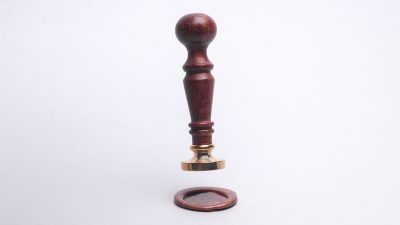
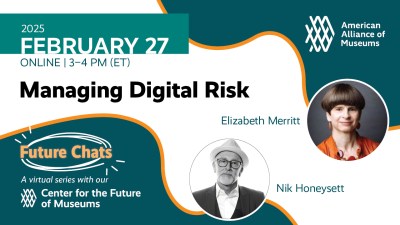
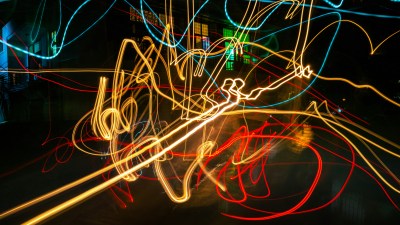

Wonderful article and what a great program for our refugee students. I taught at Greenbrier Elementary School for 32 years and am now retired. The refugee families enriched our school. Thank-you for reaching out to our community.
This is the kind of thing my father envisioned in terms of the value of art for the undeserved. In today’s world this particular part of our population is at greater risk and need and Matthew and the Fralin team deserve our collective thanks and admiration.